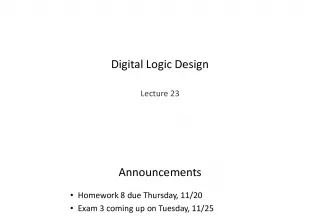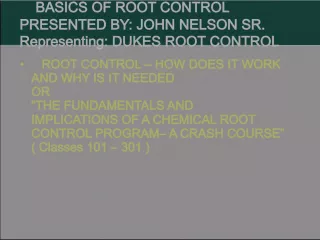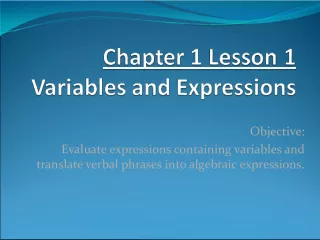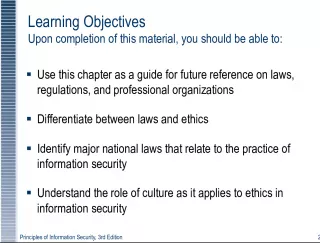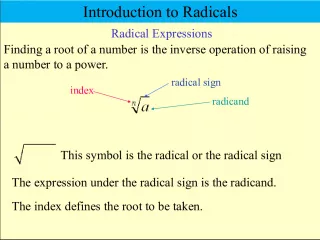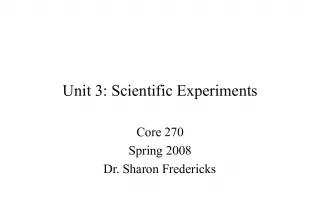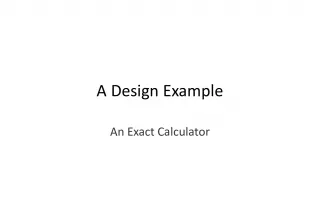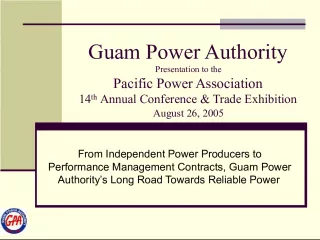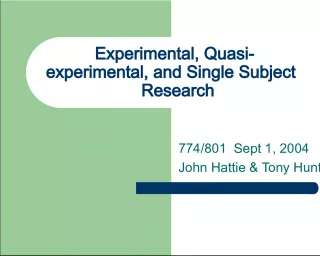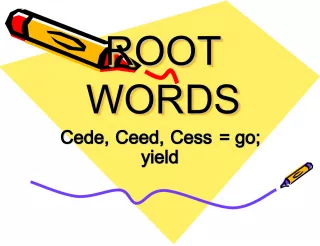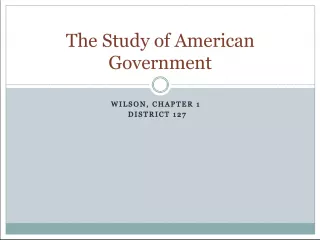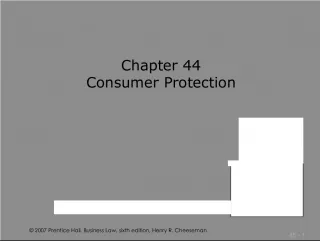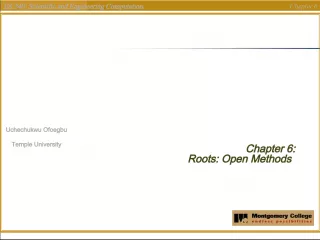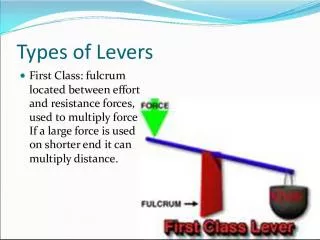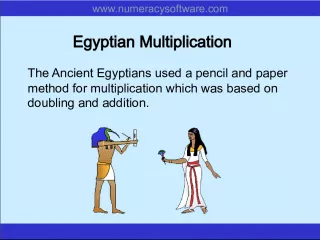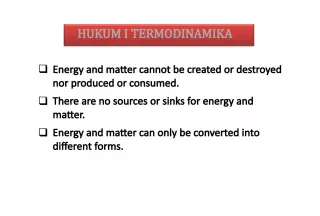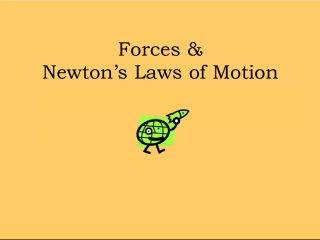Algebraic Manipulation: Laws of Indices and Flip Root Power Method
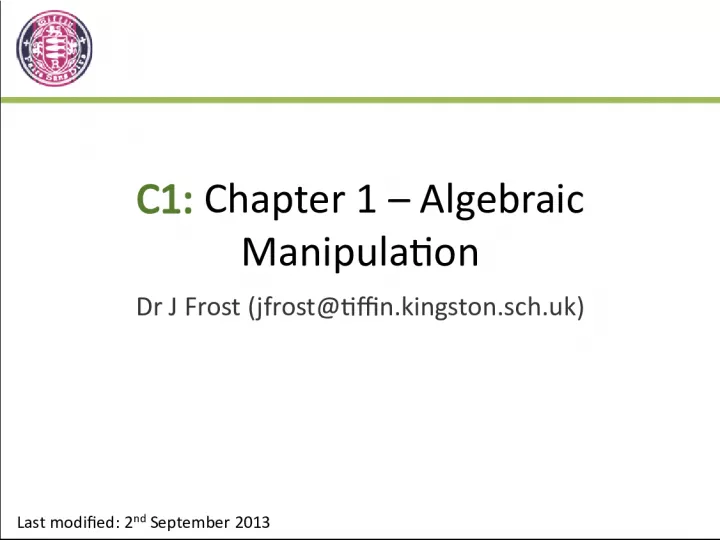

Dr. J Frost's chapter 1 covers basic laws of indices, including expanding and simplifying expressions. The flip root power method is also discussed with multiple examples.
- Uploaded on | 1 Views
-
 alixpierre
alixpierre
About Algebraic Manipulation: Laws of Indices and Flip Root Power Method
PowerPoint presentation about 'Algebraic Manipulation: Laws of Indices and Flip Root Power Method'. This presentation describes the topic on Dr. J Frost's chapter 1 covers basic laws of indices, including expanding and simplifying expressions. The flip root power method is also discussed with multiple examples.. The key topics included in this slideshow are . Download this presentation absolutely free.
Presentation Transcript
1. C1: Chapter 1 Algebraic Manipulation Dr J Frost (jfrost@tiffin.kingston.sch.uk) Last modified: 2 nd September 2013
2. Starter Expand the following. ? ? ? ? ?
3. Recap: Basic Laws of Indices ? ? ? ? ? ? ? ?
4. Flip Root Power method ? ? ?
5. More examples ? ? ?
6. Textbook Fail Example 7d on page 9 is wrong: ? Whenever you have fractional powers where the denominator is even, by DEFINITION, you only consider the positive solution.
7. Exercises 1 2 3 4 5 6 7 8 9 Simplify: Evaluate: 10 11 12 13 14 15 16 17 ? ? ? ? ? ? ? ? ? ? ? ? ? ? ? ? ? ?
8. Skill 2: Power of a product ? ?
9. Skill 2b: Power of a fraction ? ? ?
10. Flip Root Power method ? ? ?
11. Exercises 1 2 3 5 Simplify: ? ? ? ? 6 ? ? 7 9 10 11 Evaluate: 12 8 ? ? ? ? ? ?
12. Skill 3: Changing Base ? ? ?
13. Factorising SKILL 1 Taking out a single factor SKILL 3 Difference of two squares (Use commando method or splitting the middle term method) ? ? ? ? ? ? ? ? ? ? ?
14. Exercises Page 7 Exercise 1E Evens Page 9 Exercise 1F 1g,h,i , 2
15. Recap ? ? ? ?
16. ? ? And thats it! Laws of Surds
17. Using these laws, simplify the following: ? ? ? ? ? Laws of Surds
18. ? ? ? Work these out with neighbour. Simplify as much as possible. Well feed back in a few minutes. ? Expansion involving Surds ?
19. Its convention that the number inside the surd is as small as possible, or the expression as simple as possible. This sometimes helps us to further manipulate larger expressions. ? ? ? ? Simplifying Surds
20. This sometimes helps us to further manipulate larger expressions. ? ? ? Simplifying Surds
21. Heres a surd. What could we multiply it by such that its no longer an irrational number? ? ? Rationalising Denominators
22. In this fraction, the denominator is irrational. Rationalising the denominator means making the denominator a rational number. What could we multiply this fraction by to both rationalise the denominator, but leave the value of the fraction unchanged? ? ? Theres two reasons why we might want to do this: 1. For aesthetic reasons, it makes more sense to say half of root 2 rather than one root two-th of 1. Its nice to divide by something whole! 2. It makes it easier for us to add expressions involving surds. Rationalising Denominators
23. ? ? ? Rationalising Denominators
24. ? ? Rationalising Denominators
25. Quickfire DO2S! ? ? ? ? ? ?
26. Rationalise the denominator. Think what we need to multiply the fraction by, without changing the value of the fraction. ? ? Rationalising Denominators
27. Rationalise the denominator. Think what we need to multiply the fraction by, without changing the value of the fraction. ? ? Rationalising Denominators
28. Exercises Page 12 Exercise 1H Odds
